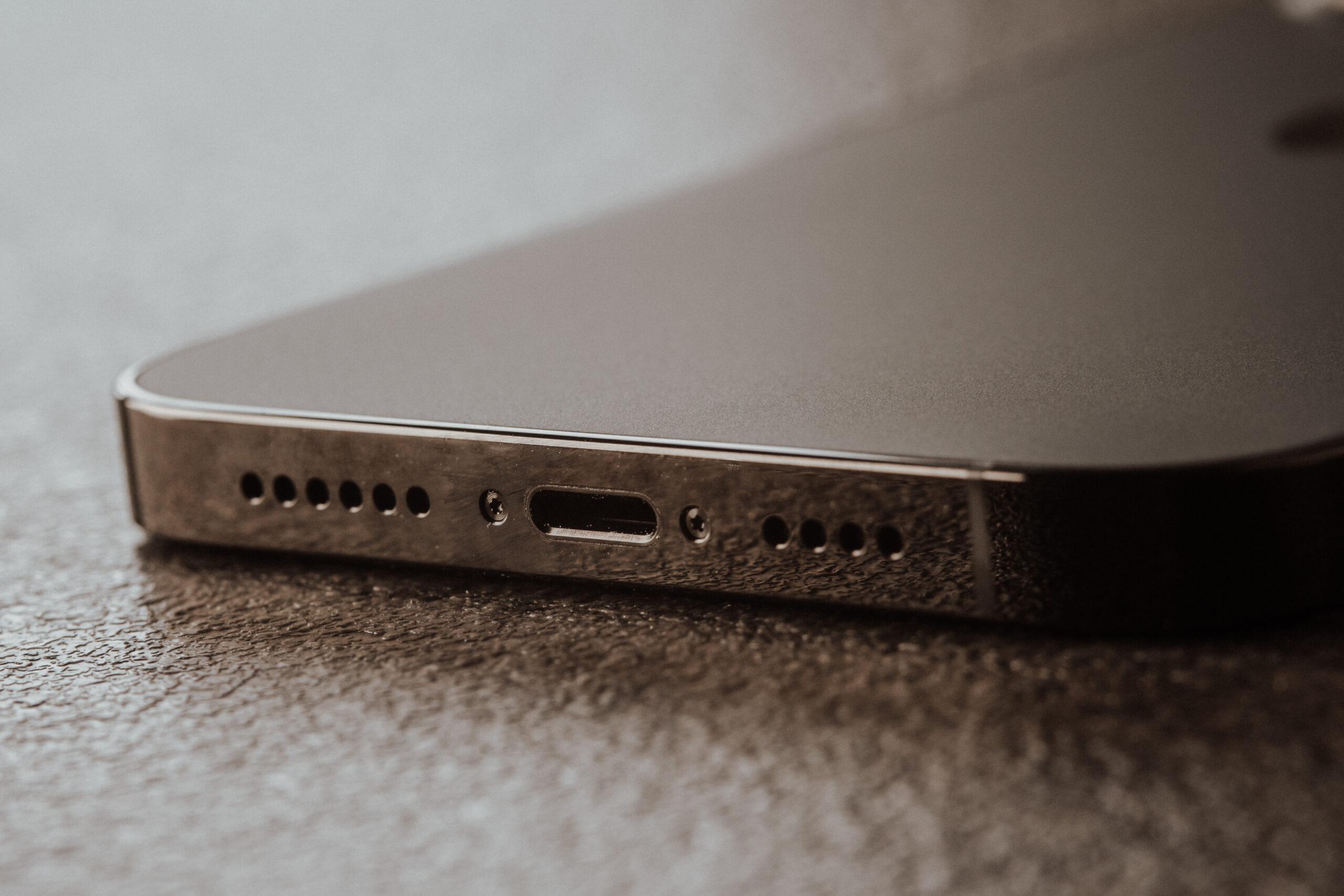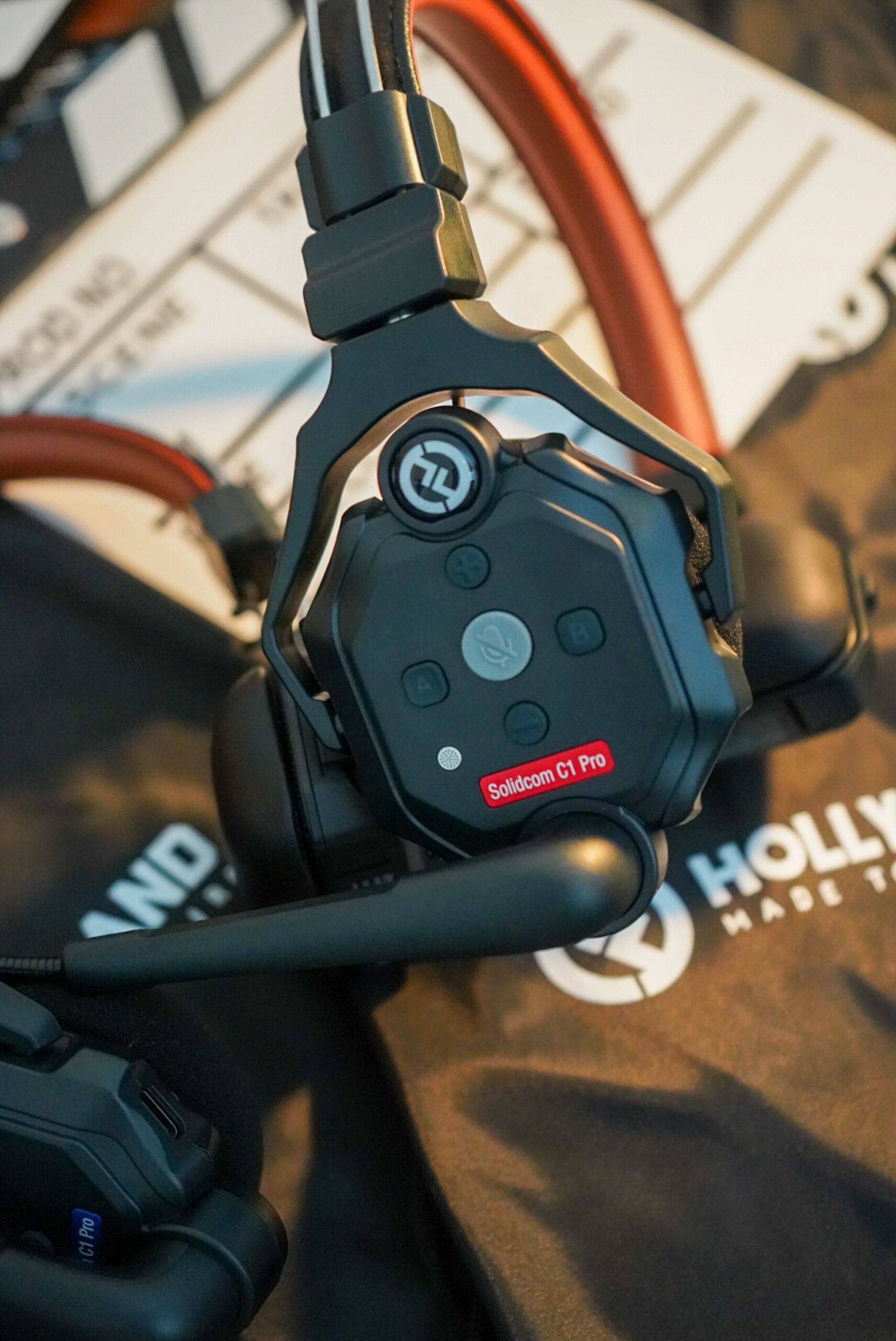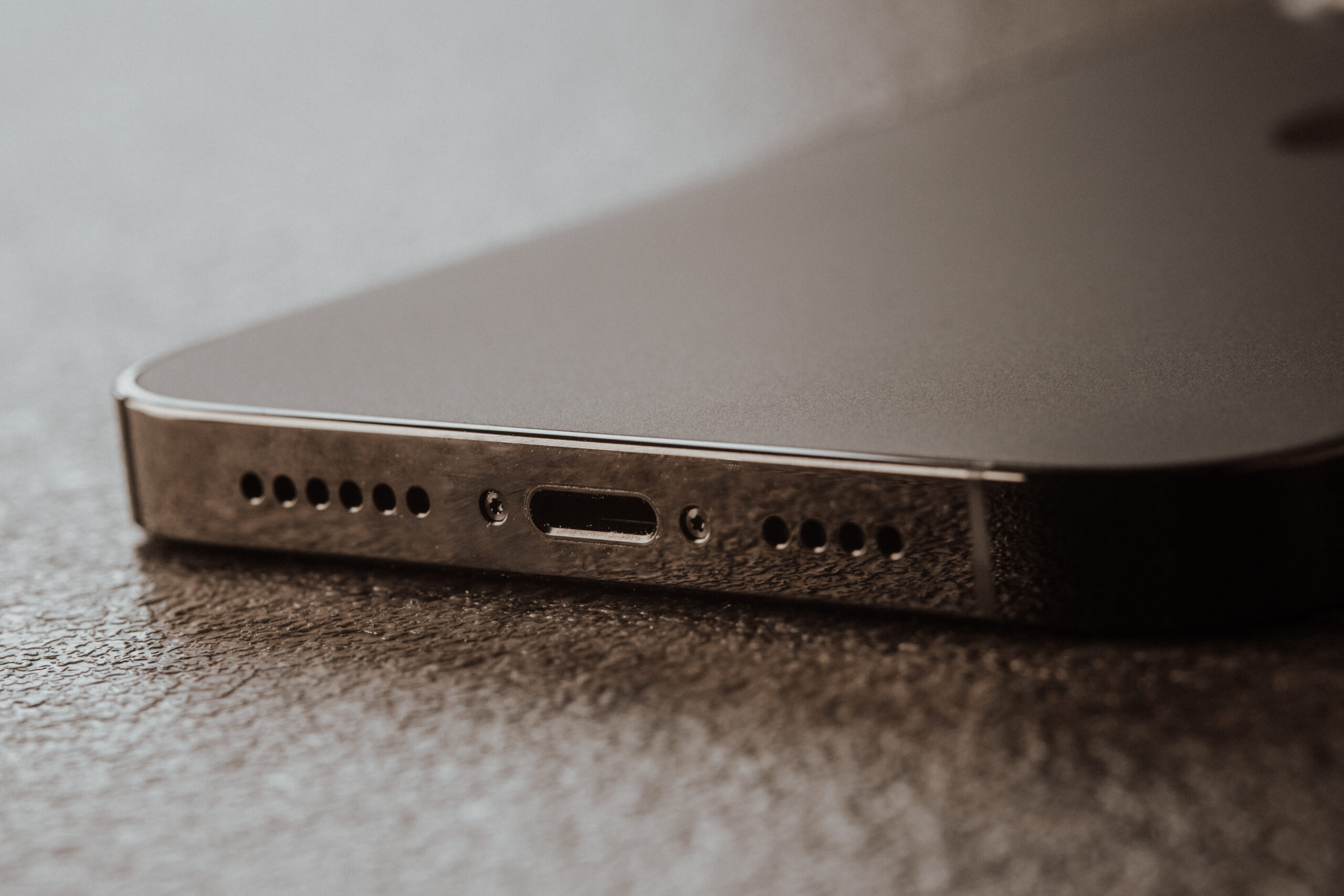Imagine a world where tangled wires and messy cords are a thing of the past. A world where electricity is delivered effortlessly and seamlessly, without the need for plugs or outlets. This is the reality that awaits us as wireless electricity becomes increasingly prominent in our lives. In this article, we will explore the potential of this groundbreaking technology and the ways it will revolutionize the way we power our devices and navigate our daily lives. Get ready to be amazed by a future where wires are a distant memory and convenience takes center stage.
Understanding Wireless Electricity
Wireless electricity, also known as wireless power or wireless energy transfer, is a revolutionary concept that enables electrical energy to be transmitted through the air without the need for physical cables or wires. This technology holds the potential to transform the way we power our devices, vehicles, and even our homes and offices. Understanding the concept and science behind wireless electricity is crucial in appreciating its significance and realizing its numerous benefits.
The Concept of Wireless Electricity
At its core, wireless electricity involves the transfer of electrical energy from a power source to a receiving device, without the need for direct physical connection. This can be achieved through various methods, including electromagnetic induction, resonant inductive coupling, radio and microwave transmissions, and even lasers and optics. The main idea behind wireless electricity is to provide a convenient and efficient way to transfer power wirelessly, eliminating the limitations and constraints imposed by traditional wired connections.

The Science Behind Wireless Electricity
The science behind wireless electricity is rooted in the principles of electromagnetism, which govern the behavior of electric and magnetic fields. When an electric current flows through a conductor, it creates a magnetic field around it. This magnetic field can induce a current in a nearby conductor, leading to the transfer of electrical energy. By harnessing this phenomenon, wireless electricity systems can transmit power without physical contact, enabling devices to be charged or powered remotely.
Different Forms of Wireless Electricity
Wireless electricity can take different forms, depending on the specific technology and method used for power transfer. One widely-used form is inductive coupling, where energy is transferred through the mutual induction of two coils that are in close proximity. Another form is resonant inductive coupling, which utilizes the resonance phenomenon to achieve efficient power transfer over longer distances. Additionally, wireless electricity can be transmitted through radio and microwave transmissions, where power is converted into electromagnetic waves and received by a compatible device. Finally, lasers and optics can also be employed for wireless power transfer, using focused beams of light to transmit energy.

History of Wireless Electricity
The idea of wireless electricity is not a recent development. In fact, the concept has been explored for over a century, with notable contributions from legendary engineer Nikola Tesla. His early experiments and inventions laid the foundation for wireless power transmission. However, it was not until the 20th century that significant advancements in wireless electricity were made, driven by groundbreaking discoveries and technological breakthroughs. Today, modern-day advances continue to push the boundaries of wireless power, making it increasingly practical and accessible.
Nikola Tesla and His Early Experiments
Nikola Tesla, a Serbian-American inventor and electrical engineer, is often credited as the pioneer of wireless electricity. In the late 19th and early 20th centuries, Tesla conducted extensive experiments on wireless power transmission and developed remarkable inventions, such as the Tesla coil and the Wardenclyffe Tower. These inventions demonstrated the feasibility of transmitting electricity wirelessly over long distances and sparked interest in the potential applications of wireless electricity.

Developments in the 20th Century
During the 20th century, significant progress was made in the field of wireless electricity. In 1899, Tesla successfully transmitted wireless power over a distance of 26 miles, a major achievement for that time. Later, advancements in radio technology paved the way for the commercialization of wireless electricity in the form of radio waves. The introduction of microwave power transmission further expanded the possibilities of wireless power. These developments laid the groundwork for the wireless communication and charging technologies that we see today.
Modern Day Advances in Wireless Electricity
In recent years, there have been remarkable advancements in wireless electricity, driven by advancements in technology and increasing demand for convenient and hassle-free power solutions. Technologies such as inductive charging have gained popularity, allowing devices to be charged simply by placing them on a charging pad. Furthermore, wireless charging technology has found its way into electric vehicles, making it possible to charge EVs wirelessly through specially designed charging pads or surfaces. The continued research and development in the field of wireless electricity promise even more exciting advancements and applications in the future.

Technology Behind Wireless Electricity
Various technologies and methods are employed to enable wireless electricity transmission. One of the most common methods is inductive coupling, where power is transferred between two coils that have a shared magnetic field. This method is widely used in wireless charging pads and is capable of efficient power transfer over short distances.
Another technology is resonant inductive coupling, which allows for greater power transfer efficiency over longer distances. By utilizing the resonance phenomenon, the power receiver and transmitter can be tuned to the same frequency, resulting in improved energy transfer. This technology has been used in wireless charging solutions for electric vehicles, enabling cable-free charging.
Furthermore, wireless electricity can be transmitted through radio and microwave transmissions. In this method, electrical energy is converted into electromagnetic waves and transmitted through the air. The receiving device then converts these waves back into electrical energy for use.
Lasers and optics also play a role in wireless electricity. By using focused beams of light, power can be transmitted wirelessly to a receiver equipped with a photovoltaic cell. This method has the potential for long-range power transmission, but it currently faces technical challenges in terms of efficiency and safety.
Each of these technologies has its own advantages and limitations, and ongoing research and development efforts aim to enhance their efficiency, range, and safety.
Benefits of Wireless Electricity
Wireless electricity offers numerous benefits that have the potential to revolutionize our lives and transform how we use and interact with electrical power.
Convenience and Ease of Use
One of the primary benefits of wireless electricity is the convenience it brings. Imagine a world where you don’t have to worry about finding the right cable or adapter to charge your devices. With wireless charging, all you need to do is place your device on a charging pad, and it starts charging automatically, hassle-free. This level of convenience and ease of use is especially valuable in today’s fast-paced world, where time is precious.
Potential for Greater Accessibility
Wireless electricity has the potential to bridge the gap in areas with limited access to power infrastructure. In remote or underdeveloped regions, where laying cables or wires can be challenging and costly, wireless power transmission can provide a viable solution. It can enable the delivery of electricity to these areas without the need for extensive infrastructure, opening up new possibilities for improved living conditions and economic development.
Reduced Dependence on Cables and Wires
In our increasingly wireless world, eliminating the need for cables and wires can significantly enhance the functionality and aesthetics of our devices and environments. Not only does this reduce clutter and make our spaces more organized, but it also eliminates the risk of entanglement and damage to cables. With wireless electricity, there are no more tripping hazards or tangled cords to deal with.
The Promise of Continuous Power Supply
Wireless electricity has the potential to offer a continuous and uninterrupted power supply for our devices. Imagine your smartphone or laptop charging automatically whenever you enter a room equipped with wireless charging technology. This would ensure that your devices are always juiced up and ready to use, without the need to constantly search for charging outlets or worry about battery life.

Applications of Wireless Electricity
The applications of wireless electricity are vast and wide-ranging, spanning across various industries and sectors.
Wireless Charging of Devices
One of the most commonly known applications of wireless electricity is wireless charging for devices like smartphones, tablets, and wearables. The ability to charge these devices without cables or connectors offers a higher level of convenience and portability. Wireless charging pads are increasingly becoming a standard feature in a wide range of devices, enabling users to simply place their devices on the charging pad for effortless charging.
Electric Vehicles
Wireless electricity also holds great promise for the electric vehicle (EV) industry. Charging an EV currently requires physical connection to a charging station, which can be inconvenient. With wireless charging technology, charging pads embedded in parking lots, garages, or even roads can automatically charge EVs without the need for cables or plugs. This technology has the potential to revolutionize the EV industry and make electric vehicles even more accessible and convenient for consumers.
Medical Devices
Wireless electricity has numerous applications in the field of medicine and healthcare. Implantable medical devices, such as pacemakers and neurostimulators, can benefit from wireless power transmission, eliminating the need for invasive procedures to replace or recharge batteries. Additionally, wireless charging technology can be used to power portable medical devices, such as insulin pumps or hearing aids, providing patients with greater mobility and flexibility.
Space and Satellite Technology
The space industry is another area where wireless electricity can have a profound impact. Currently, spacecraft and satellites rely on solar panels or batteries for power, which limits their capabilities and mission durations. By implementing wireless power transmission technology, spacecraft and satellites can receive continuous power, enabling longer missions and more advanced capabilities. This technology can also facilitate the maintenance and repair of satellites, making it possible to remotely power devices and equipment.
Home and Office Applications
Wireless electricity has the potential to transform the way we power our homes and offices. Imagine a world where power outlets and extension cords are no longer necessary. With wireless power transmission, devices could be powered effortlessly simply by being in the same room. This technology could be integrated into furniture, walls, and ceilings, offering a seamless and invisible power source. It would not only enhance the aesthetic appeal of our living and working spaces but would also provide greater flexibility in arranging and utilizing our devices.
Challenges to Implementing Wireless Electricity
While the vision of a world powered by wireless electricity is compelling, there are several challenges that need to be addressed for widespread adoption and implementation.
Physical and Technical Limitations
One of the primary challenges of wireless electricity is the limited range of power transmission. Most existing wireless charging technologies have a relatively short range, requiring the receiving device to be in close proximity to the charging pad. Extending the range while maintaining efficiency is a technical challenge that researchers and engineers are actively tackling.
Energy Efficiency Concerns
Efficiency is another key challenge for wireless electricity. During the transmission process, a significant amount of energy can be lost through heat and electromagnetic radiation. Improving the efficiency of power transfer is crucial to minimize energy waste and ensure that wireless electricity systems can operate sustainably and cost-effectively.
Safety and Health Risks
Wireless electricity systems must adhere to stringent safety standards to ensure the protection of users and the general public. Concerns about the potential health risks associated with exposure to electromagnetic radiation need to be addressed to alleviate any concerns or misconceptions. Rigorous testing and research are necessary to ensure that wireless electricity is safe for everyday use.
Regulatory and Standardization Issues
The development and widespread adoption of wireless electricity require standardization and regulatory frameworks. Standards need to be established to ensure compatibility and interoperability among different wireless charging systems. Additionally, regulations must be put in place to govern the deployment, operation, and safety of wireless electricity infrastructure. Governments and regulatory bodies play a crucial role in facilitating the development and implementation of wireless electricity technologies.
Addressing the Challenges of Wireless Electricity
Overcoming the challenges associated with wireless electricity requires a multi-faceted approach, involving improvements in technology, policy and regulatory measures, safety and efficiency standards, and consumer education and acceptance.
Improvements in Technology
Researchers and engineers are continuously working on improving the range, efficiency, and safety of wireless electricity technologies. Innovations in materials, circuit designs, and power transmission techniques are being explored to address the limitations of current wireless charging systems. Advancements in energy harvesting, such as solar and kinetic energy, can also contribute to the efficiency and sustainability of wireless electricity.
Policy and Regulatory Measures
To facilitate the widespread adoption of wireless electricity, policymakers and regulatory bodies need to provide a supportive environment. This includes developing guidelines and regulations related to safety, interoperability, and standardization. Governments can play a crucial role in promoting research and development of wireless electricity, as well as incentivizing its implementation through grants and subsidies.
Safety and Efficiency Standards
Establishing safety and efficiency standards is essential to build trust and confidence in wireless electricity. Collaborative efforts between industry associations, regulatory bodies, and research institutions can help define and enforce these standards. Comprehensive testing and certification procedures must be in place to ensure that wireless electricity systems meet the required safety and efficiency criteria.
Consumer Education and Acceptance
Educating the public about the benefits, safety, and proper usage of wireless electricity is vital for its widespread acceptance. Consumers need to be aware of the capabilities and limitations of wireless electricity, as well as any safety precautions they need to take. Public awareness campaigns, consumer guides, and informative materials can help dispel misconceptions and promote the responsible use of wireless electricity.
Impact on Environment
The adoption of wireless electricity has the potential to bring significant environmental benefits, addressing key challenges related to electronic waste, energy efficiency, and reliance on non-renewable energy sources.
Potential Reduction in Electronic Waste
Wireless electricity can contribute to a reduction in electronic waste by eliminating the need for disposable batteries and reducing the turnover of charging cables and connectors. With wireless charging, devices can be charged wirelessly without the need for additional accessories, reducing the generation of electronic waste.
Energy Efficiency and Impact on Carbon Footprint
Wireless electricity transmission has the potential to be more energy-efficient compared to traditional wired connections. By minimizing energy loss during transmission and optimizing power transfer efficiency, wireless electricity systems can help reduce energy consumption and decrease our carbon footprint. The use of renewable energy sources to power wireless electricity infrastructure further enhances its environmental sustainability.
Considerations for Renewable Energy Sources
The integration of wireless electricity technology with renewable energy sources holds great promise for a sustainable and environmentally friendly power ecosystem. By leveraging sources such as solar, wind, or hydroelectric power, wireless electricity can provide clean and renewable energy for a wide range of applications, further promoting the transition to a carbon-free future.
Current Status and Future Trends in Wireless Electricity
Wireless electricity technology has already made significant strides in recent years, with commercial products and services becoming more prevalent. Wireless charging pads for consumer devices are now widely available, and wireless charging compatibility is becoming a standard feature in many smartphones and wearables. Electric vehicle manufacturers are also implementing wireless charging solutions, with some luxury car models already offering the option for wireless charging.
Commercial Products and Services
Numerous companies, both large and small, are actively developing and commercializing wireless electricity products and services. From wireless charging pads for smartphones to wireless charging solutions for electric vehicles, the market for wireless electricity continues to expand. As consumer demand grows and the technology improves, we can expect even more innovative products and services to enter the market.
Research and Development Efforts
Research and development efforts in the field of wireless electricity are ongoing, with a focus on improving the efficiency, range, and safety of wireless power transmission. New materials, circuit designs, and power transmission techniques are being explored to overcome the current limitations of wireless charging. Additionally, advancements in energy harvesting, such as wireless energy transfer from ambient sources, are being investigated to further enhance the capabilities of wireless electricity technology.
Forecasts and Predictions for Wireless Electricity
Industry analysts and experts predict a bright future for wireless electricity, with forecasts of significant growth in the coming years. The wireless charging market is expected to expand rapidly, driven by increasing consumer adoption and advancements in technology. The adoption of wireless electricity in various industries, such as automotive, healthcare, and space, is also expected to grow, providing new opportunities for innovation and market expansion.
Preparing for a World Powered by Wireless Electricity
As we move towards a world powered by wireless electricity, it is essential to prepare for the changes and opportunities that this transformative technology brings.
Adapting Infrastructure and Devices
To fully embrace wireless electricity, infrastructure and devices need to be adapted to support wireless power transmission. This includes integrating wireless charging capabilities into buildings, vehicles, and public spaces, as well as designing devices that are compatible with wireless charging technology. Retrofitting existing infrastructure and devices may be necessary to fully utilize the benefits of wireless electricity.
Disruption and Opportunities in Various Industries
The widespread adoption of wireless electricity is likely to disrupt and reshape various industries. Electric vehicle charging infrastructure will need to be redesigned to accommodate wireless charging technology. Medical device manufacturers will need to adapt their products to leverage wireless power transmission. Construction and architecture industries will need to incorporate wireless charging capabilities into building designs. These disruptions present numerous opportunities for innovation, collaboration, and economic growth.
Societal and Behavioral Changes
The adoption of wireless electricity will necessitate changes in societal behaviors and norms. Users will need to become accustomed to charging their devices wirelessly, leading to changes in consumer habits and expectations. Public spaces and commercial establishments will need to provide wireless charging facilities to cater to the growing demand. These behavioral changes will not only enhance convenience but also contribute to the overall acceptance and integration of wireless electricity into our daily lives.
The Role of Government and Policy Makers
Government bodies and policy makers play a crucial role in facilitating the adoption and implementation of wireless electricity. By incentivizing research and development, providing funding, and establishing favorable regulatory frameworks, governments can accelerate the deployment of wireless electricity infrastructure. Collaboration between governments, industry stakeholders, and research institutions is essential for the successful integration of wireless electricity technology.
Balancing Progress and Responsible Development
As wireless electricity technology continues to evolve, it is important to balance progress with responsible development. Ethical considerations, such as privacy and electromagnetic radiation exposure, need to be addressed to ensure that the widespread adoption of wireless electricity does not compromise societal well-being. As we navigate this new era of wireless power transmission, a balanced approach that prioritizes safety, sustainability, and social responsibility will be key to its success.
In conclusion, wireless electricity has the potential to revolutionize how we power our devices, vehicles, and infrastructure. By understanding the concept, science, and various technologies behind wireless electricity, we can appreciate its significance and the immense benefits it offers. While there are challenges to overcome, ongoing advancements in technology, policy, and environmental considerations pave the way for a world powered by wireless electricity. As we prepare for this wireless future, it is important to embrace responsible development, encourage innovation, and work collaboratively to build a sustainable and wireless-powered world.










